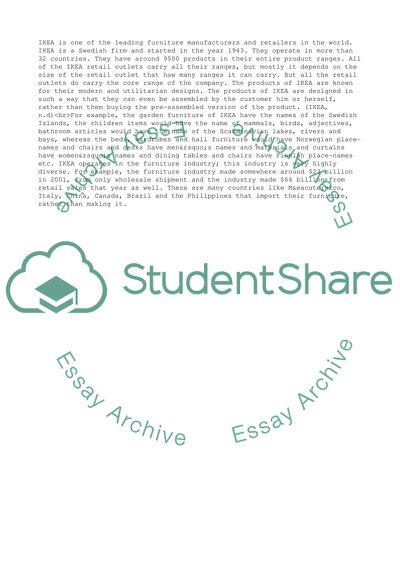Cite this document
(The Operations and Process Management Systems of IKEA Research Paper - 1, n.d.)
The Operations and Process Management Systems of IKEA Research Paper - 1. Retrieved from https://studentshare.org/management/1719609-managing-operation
The Operations and Process Management Systems of IKEA Research Paper - 1. Retrieved from https://studentshare.org/management/1719609-managing-operation
(The Operations and Process Management Systems of IKEA Research Paper - 1)
The Operations and Process Management Systems of IKEA Research Paper - 1. https://studentshare.org/management/1719609-managing-operation.
The Operations and Process Management Systems of IKEA Research Paper - 1. https://studentshare.org/management/1719609-managing-operation.
“The Operations and Process Management Systems of IKEA Research Paper - 1”, n.d. https://studentshare.org/management/1719609-managing-operation.


